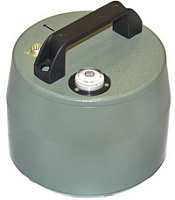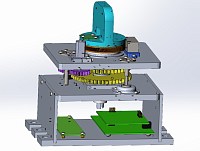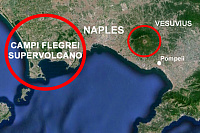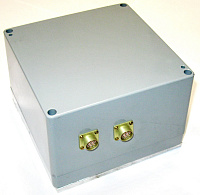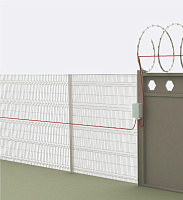2010: CME/Baykal seismic station
CME/Baykal, a new portable autonomous seismic station based on the CME-4111/CME-6211 broadband molecular-electronic seismometers, and the Baykal-7HR/Baykal-ACN self-contained high-resolution digital recorders have been tested and are now ready for sale.
The CME/Baykal seismic stations are currently in use by oil&gas exploration companies and geophysical research institutes in severe field conditions of Siberia and the Arctic region.
